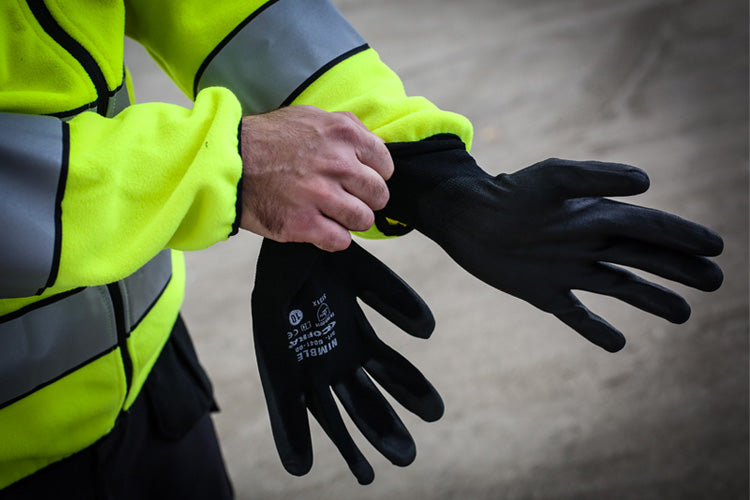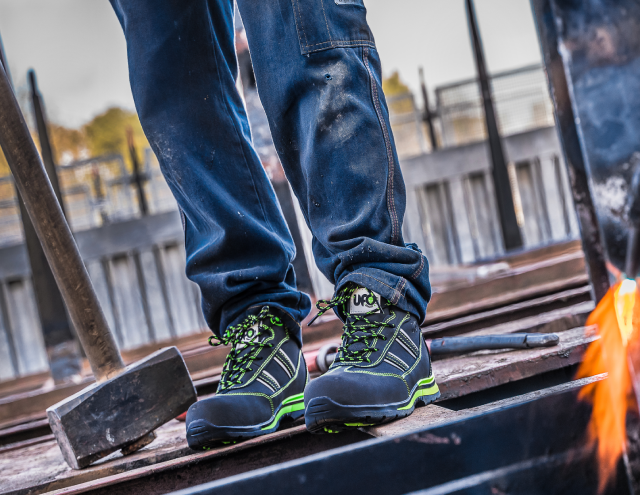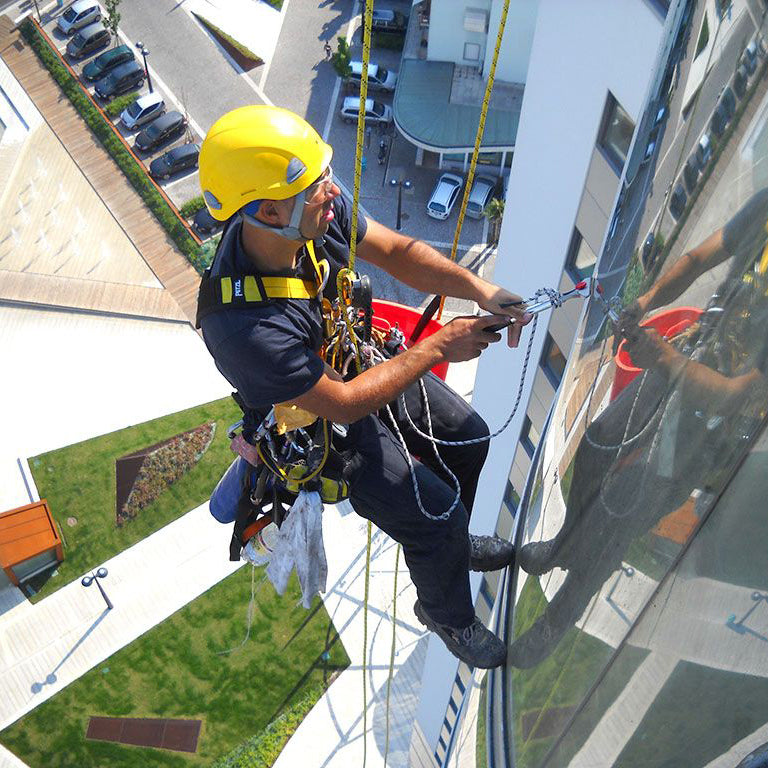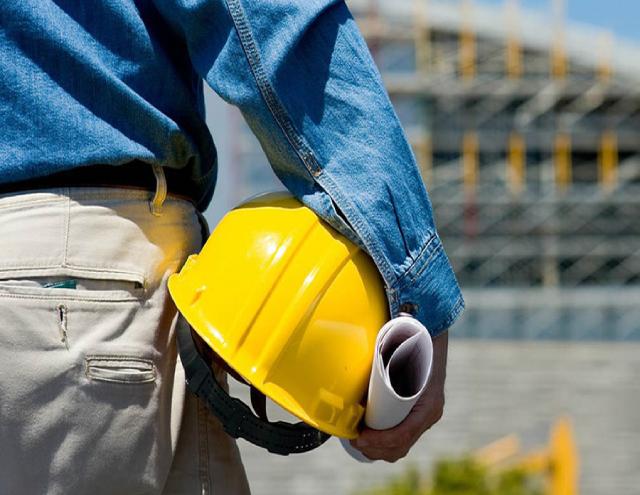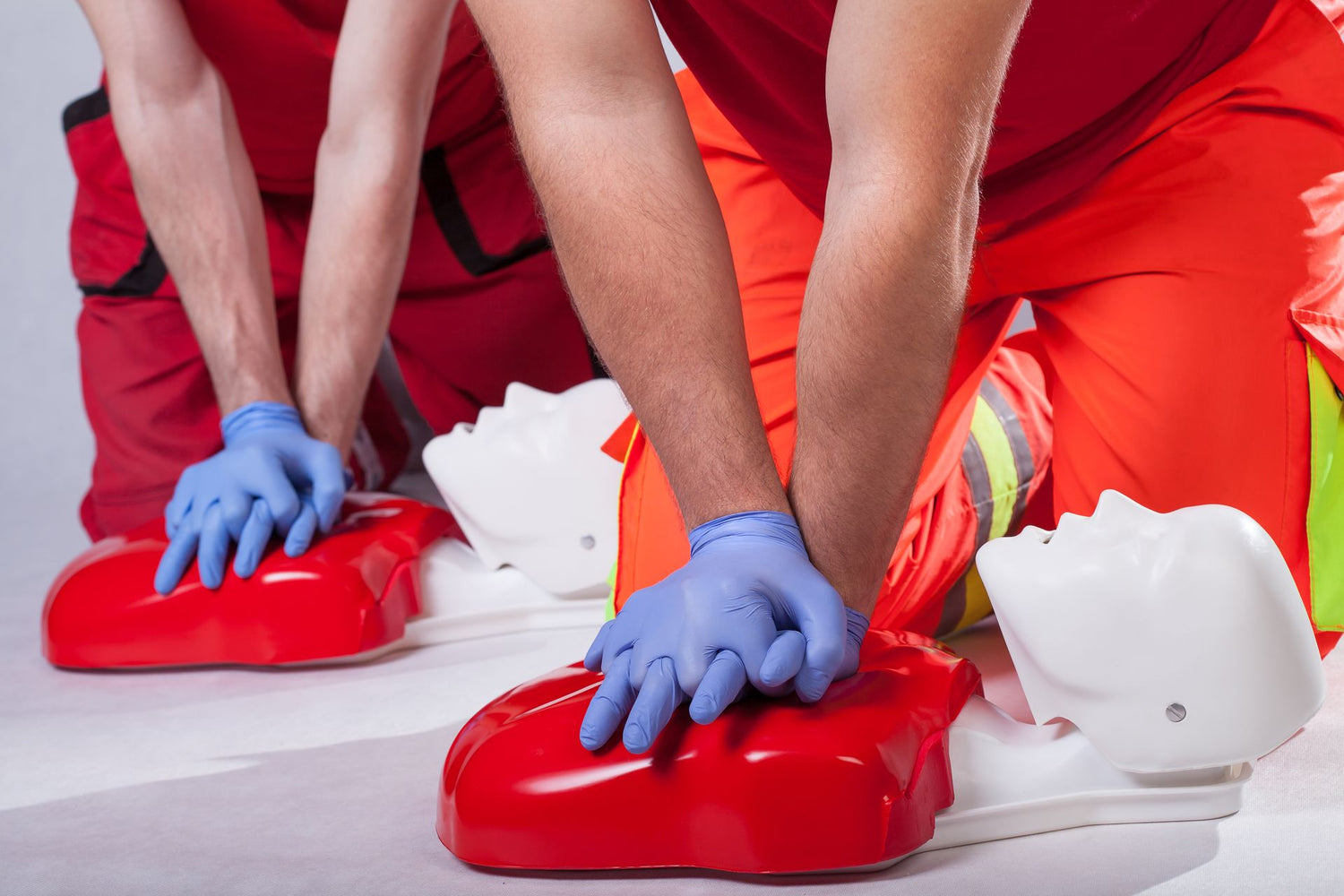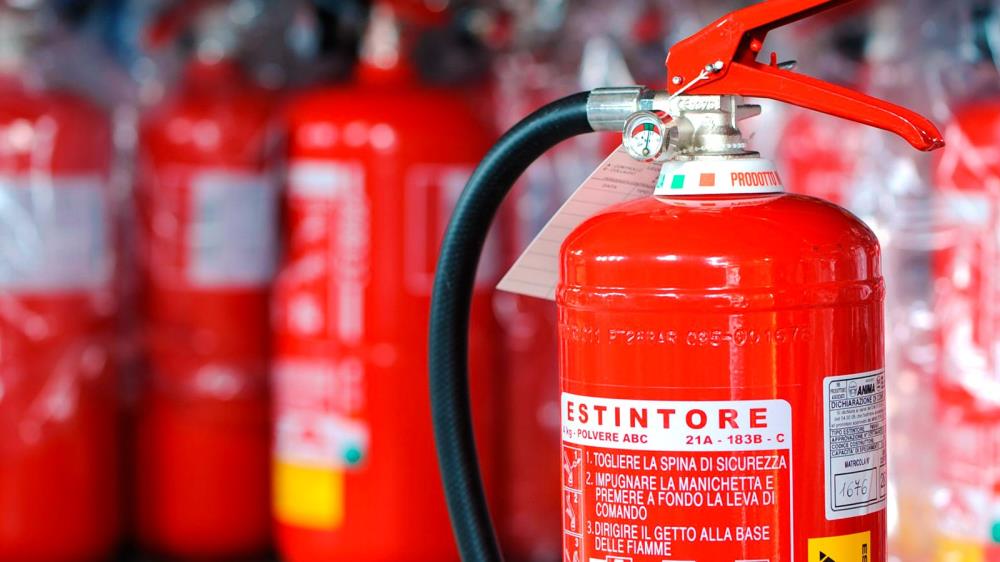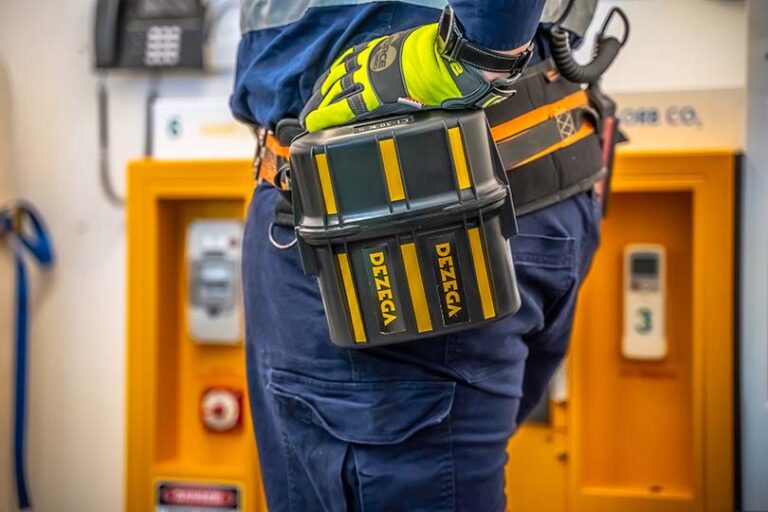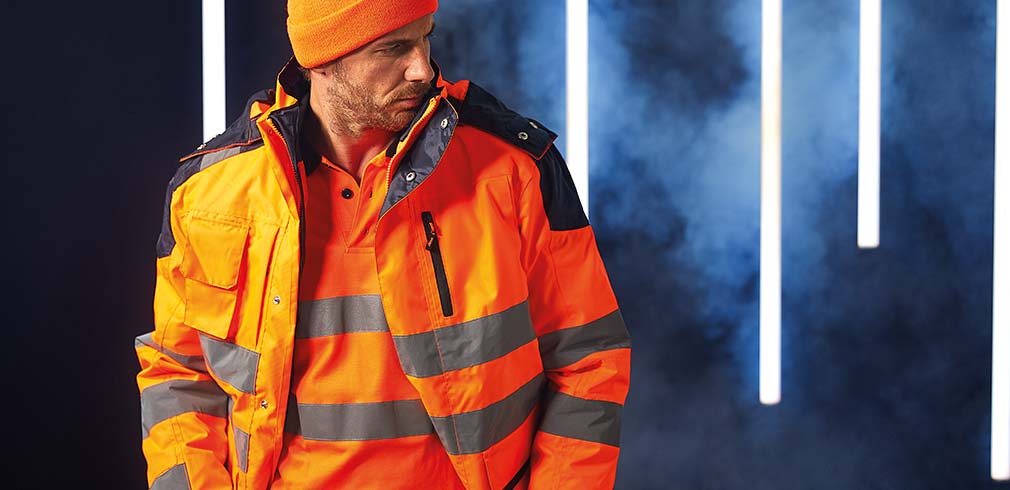Goggles are a mandatory part of the ammunition, their use is a sign of professionalism. In some sports, like airsoft and hardball, you simply can't compete without glasses.
Types of glasses
The goggles are made of clear "ballistic" polycarbonate, a strong, lightweight material that provides reliable eye protection. Open goggles (ballistic).In appearance, they resemble ordinary sunglasses, but differ from them in wider lenses that cover the face up to the temporal part. They are used in situations where the shooter's position is static, such as clay pigeon shooting, or in competitions where the shooters only move horizontally.
These goggles only protect the eyes from accidental contact with litter, shell casings, etc., but do not protect against blows from below / above / from the side. Ballistic glasses can be equipped with telescopic or simple temples, as well as interchangeable lenses in different colors - it all depends on the brand and price of a particular pair. Closed glasses (goggles).
They are a solid lens that fits perfectly to the face thanks to an elastic band of shockproof material: rubber or soft polymer. The fixation of the glasses on the head is ensured by a wide elastic band, adjustable in volume. The glasses reliably protect the shooter's face from all sides, regardless of the enemy's line of sight. Goggle lenses can be made of ballistic polycarbonate or metal mesh, which provides the most reliable eye protection. Glasses provide freedom of maneuver - you can actively move in them, even in open areas. These goggles are used by US Marines as part of their mandatory equipment. Of course, combat models can withstand a greater impact than sports ones, but the general principle of protection is very similar - such glasses are called anti-fragmentation. Due to the tight fit of closed glasses to the face, air circulation is disturbed, as a result, the lenses fog up. To prevent this from happening, the following measures are taken. The use of lattice lenses provides good ventilation, but leaves the risk of fragments of "shells" falling through the cells. Forced ventilation of the goggles using electric motors is an efficient and convenient design, but requires the batteries to be replaced and recharged. In addition, the cost of glasses with forced ventilation is quite high.The device of ventilation holes: their presence partially solves the problem of fogging of the lenses, but at the same time the degree of protection of the glasses is significantly reduced.
Glasses lenses
The color of polycarbonate used in tactical and ballistic goggles can be yellow, green, smoky or clear.The simplest and cheapest glasses are equipped with transparent lenses - they provide a good view, but at the same time they have one significant drawback - glare. The appearance of glare can blind the shooter at the wrong time or betray his position to the enemy (glare is noticeable from afar). Glasses with smoked glass lenses don't dazzle, but they have another feature: they let in less light than transparent ones. The use of smoky lenses is advisable near water, on snowy areas and in sunny weather.
Yellow lenses make objects increasingly sharper, which gives the shooter some advantages. Glasses with green lenses have a "lightening effect" - this is based on the structure of the human eye, which sees the green part of the spectrum best. With such glasses, the shooter can distinguish even the smallest details without straining his eyes.
Polycarbonate is used to produce lenses that practically do not differ from crystalline lenses in terms of their optical properties. This allows you to create protective glasses with diopters, which is very important for shooters with low vision. Such glasses are selected according to a doctor's prescription, just like ordinary glasses.
There is an opinion that protective glasses with diopters act as an optical sight if they are worn by a shooter with good eyesight. This is completely false, moreover, it is dangerous for people with good eyesight to wear glasses with diopters and, of course, they cannot improve the quality of vision in any way.
Use of safety glasses
For maximum efficiency and safety of use, all protective eyewear must be used strictly in accordance with their intended use.Workers - provide eye protection in compliance with safety regulations in industry, in various sectors.
Ballistic: Protects against accidental eye contact with litter, shells, etc.
Tactical - used in situations where it is necessary to protect the eyes from the deliberate actions of the enemy.
Tactical anti-fragmentation: provides the highest level of protection, even during combat operations; resist shell fragments - even if the goggles break, the eyes will remain intact.
The strength and degree of protection of glasses directly depends on their purpose - this must be taken into account when choosing a model for specific purposes. For example, you should not use working glasses when shooting: with a high probability in the process the glasses will break, while there is a high risk of injury from shrapnel. Therefore, glasses must be chosen taking into account the conditions and purposes of their use.

